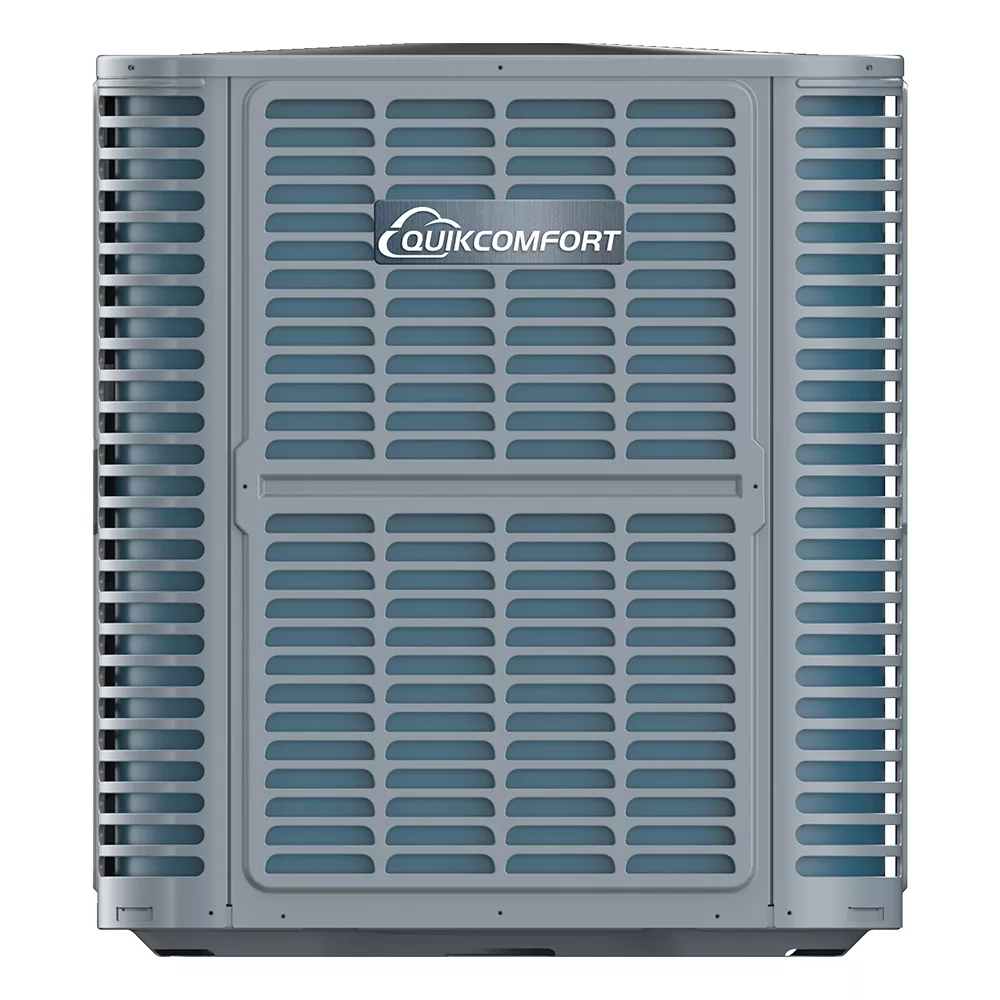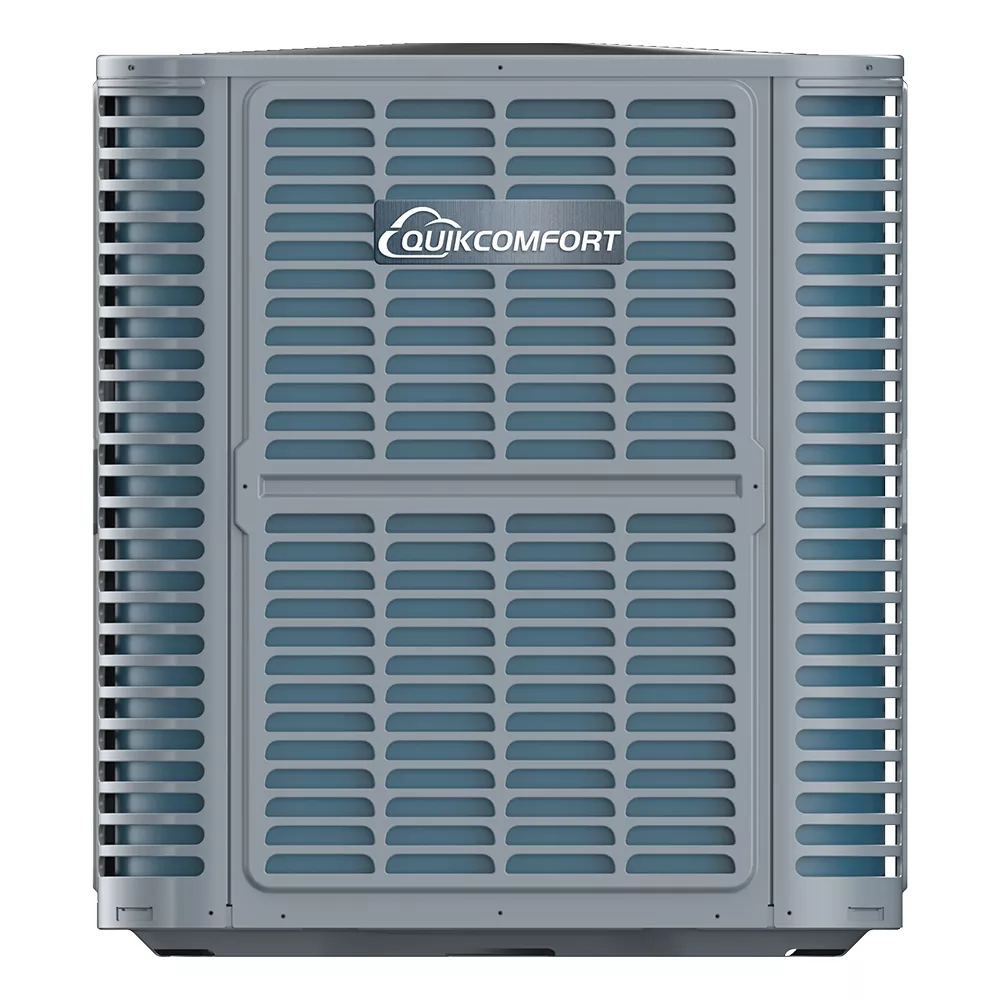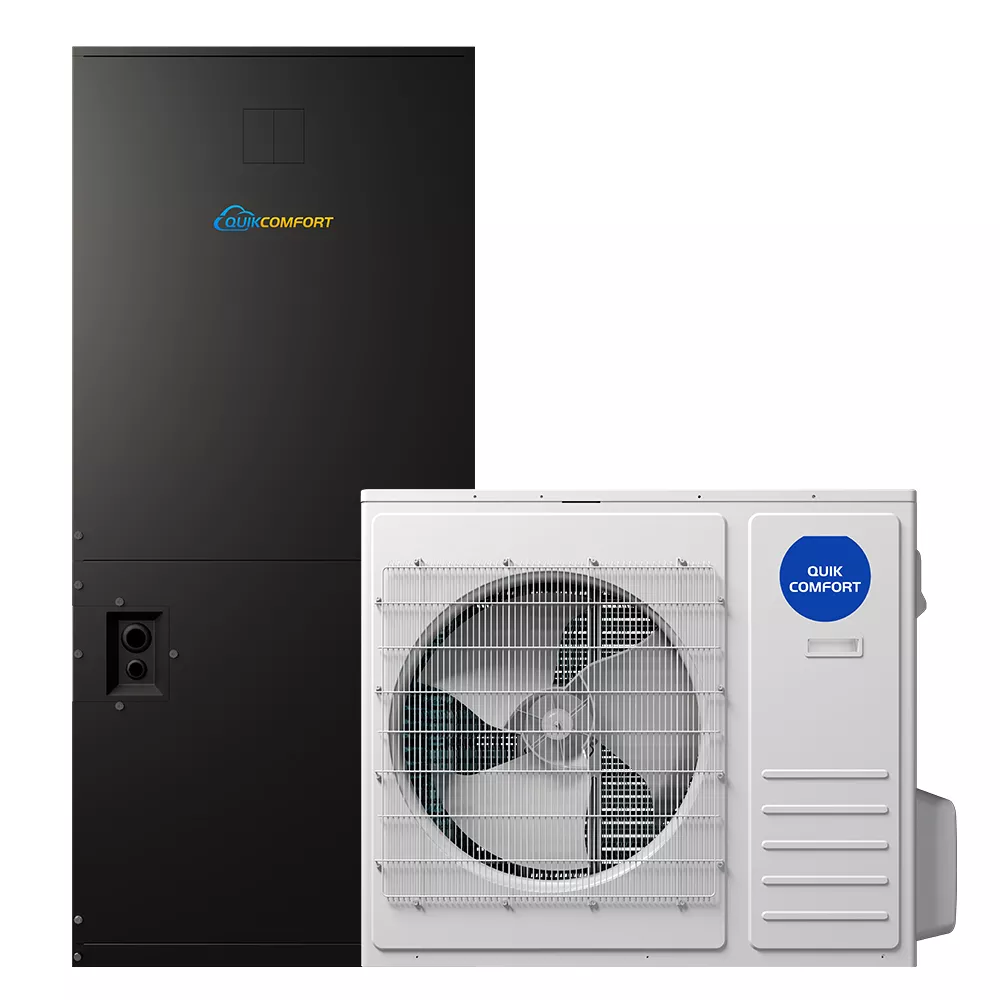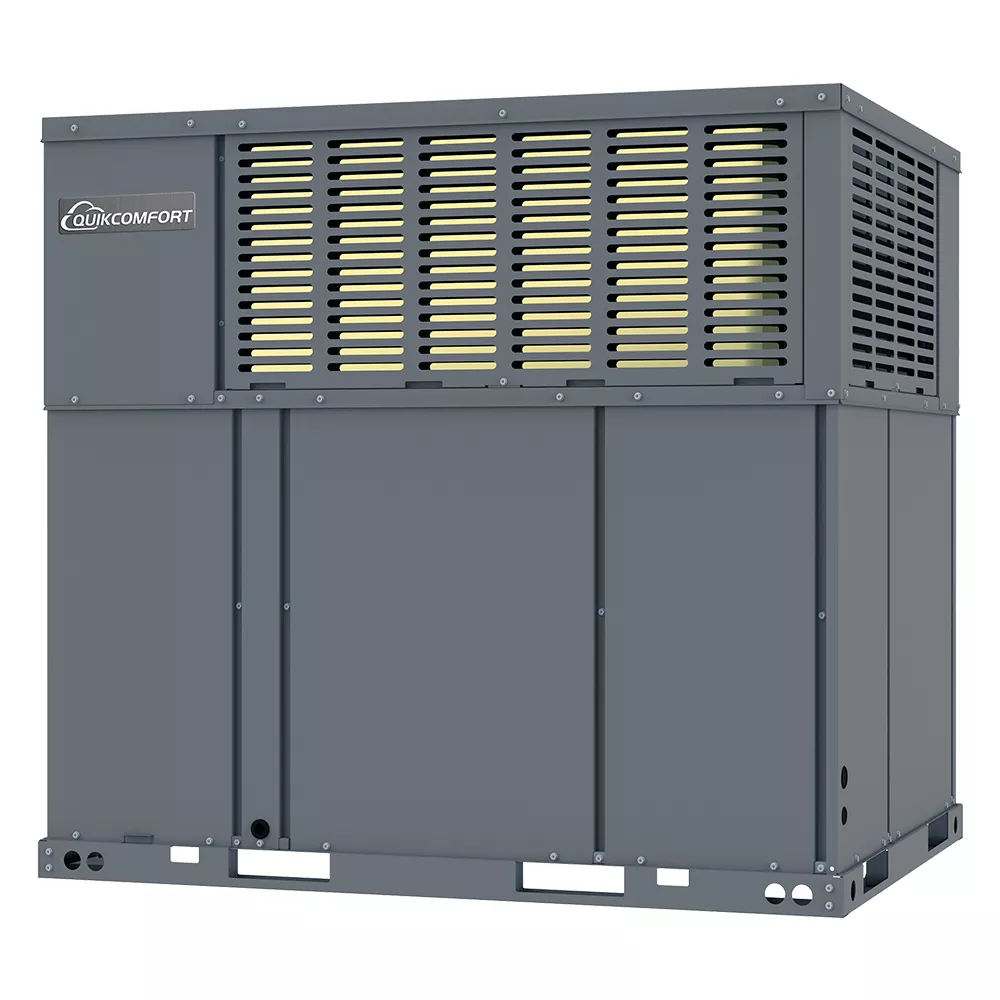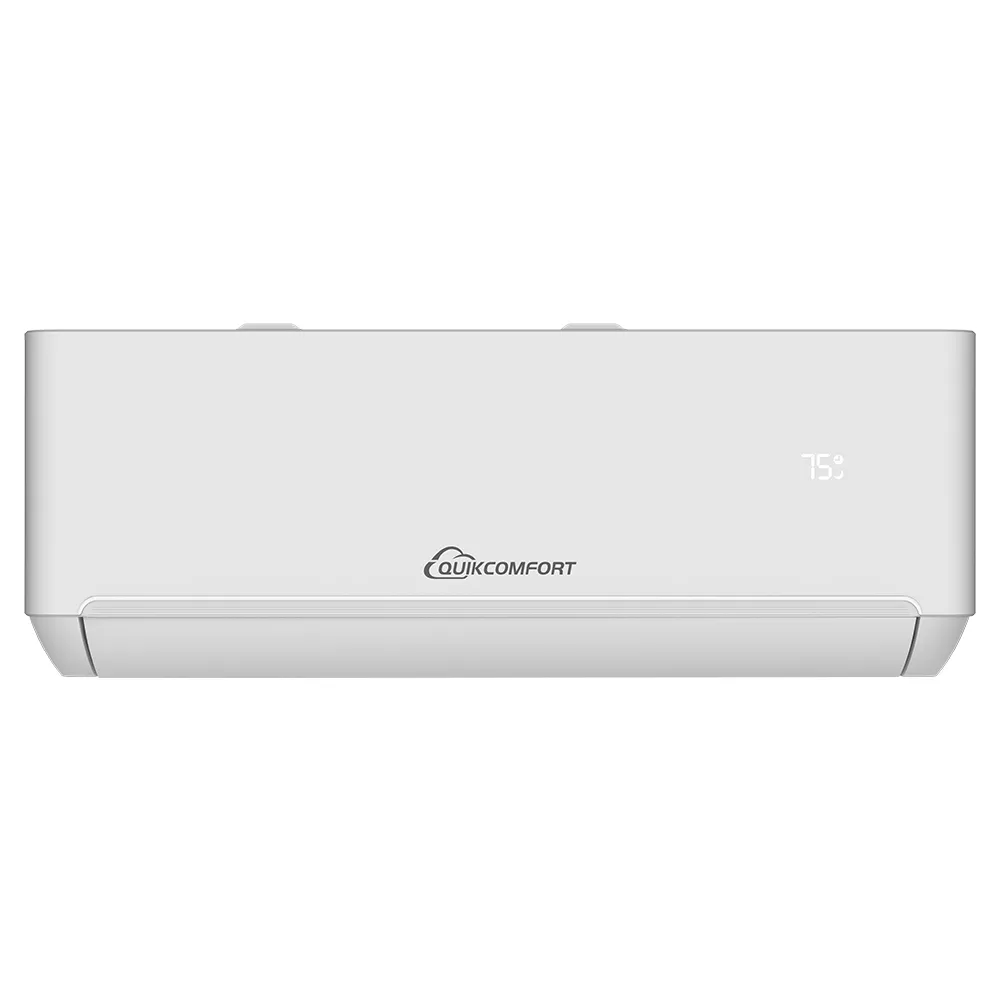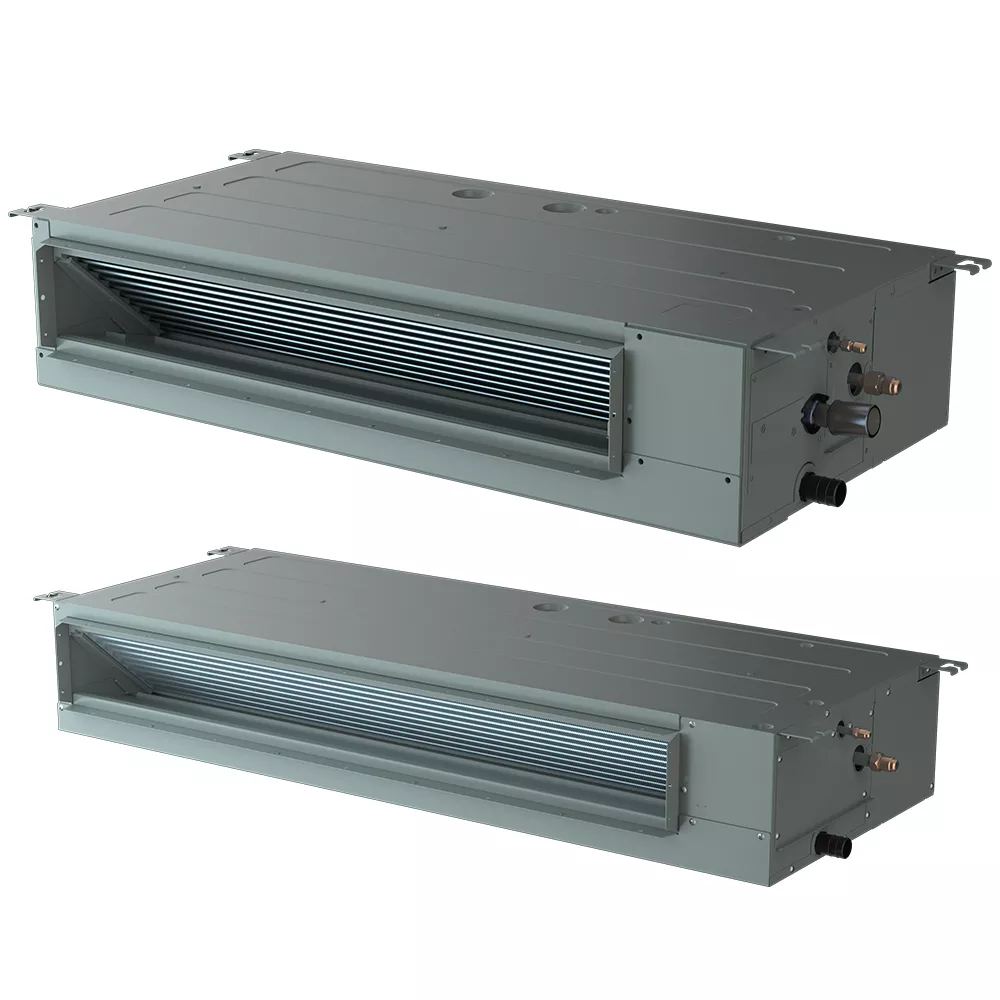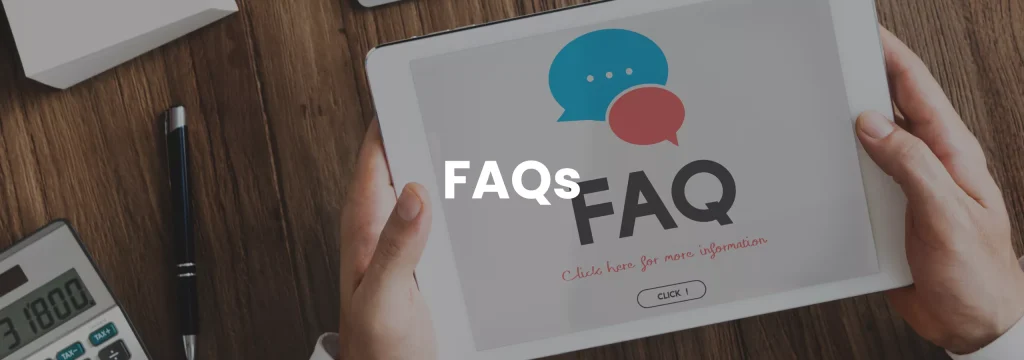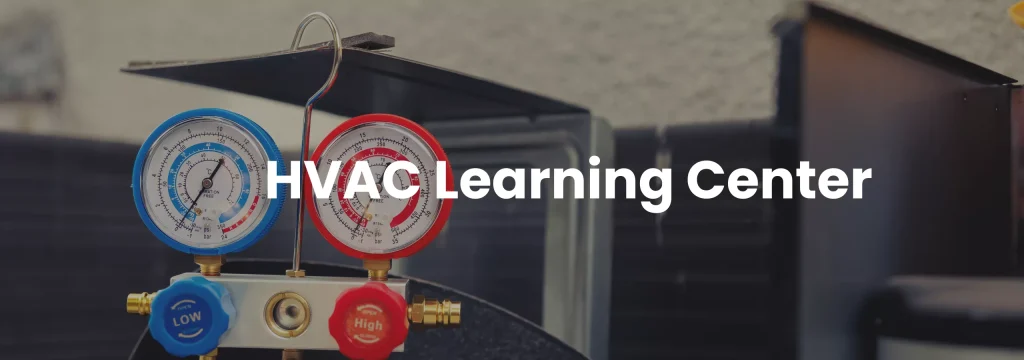Why is my HVAC system not cooling or heating properly?
Several factors could cause this issue:
- Dirty filters: Blocked filters can reduce airflow and efficiency.
- Low refrigerant: If the refrigerant levels are low, the system won’t cool or heat effectively.
- Faulty thermostat: If your thermostat isn’t working properly, it can prevent your system from reaching the desired temperature.
- Clogged evaporator coils: When coils get dirty, they can’t absorb or release heat properly.
If these basic issues aren’t the problem, a professional technician should inspect the system.
What should I do if my system is making strange noises?
Strange noises could indicate several issues:
- Rattling or vibrating: Loose components or debris inside the unit.
- Hissing: Could indicate a refrigerant leak.
- Banging or clanging: Issues with the compressor or fan motor.
- Whistling: May suggest airflow problems due to dirty filters or ductwork.
Turn off the system and contact a professional HVAC technician to diagnose and fix the issue.
How often should I change my HVAC filters?
It’s generally recommended to change your HVAC filters every 1 to 3 months, depending on usage, type of filter, and air quality. Homes with pets or allergies may need to replace filters more frequently.
What causes an HVAC unit to freeze up?
Several issues can cause your HVAC system to freeze up:
- Dirty air filters: Blocked filters reduce airflow and cause the evaporator coils to freeze.
- Low refrigerant levels: Low refrigerant can cause the evaporator coil to get too cold and freeze.
- Blocked evaporator coils: Dirt and debris on the coils can also cause freezing.
If your system freezes up, turn it off and allow it to thaw before contacting a technician.
How can I improve the efficiency of my HVAC system?
- Change the filters regularlyto ensure proper airflow.
- Seal ductworkto prevent energy loss.
- Maintain a regular maintenance scheduleto ensure all components are running smoothly.
- Use a programmable thermostatto adjust temperatures when you’re not home, reducing energy consumption.


